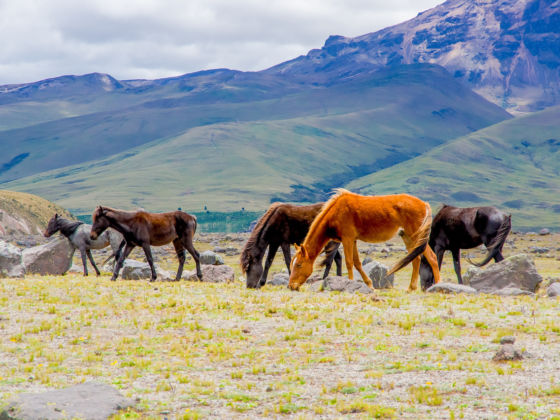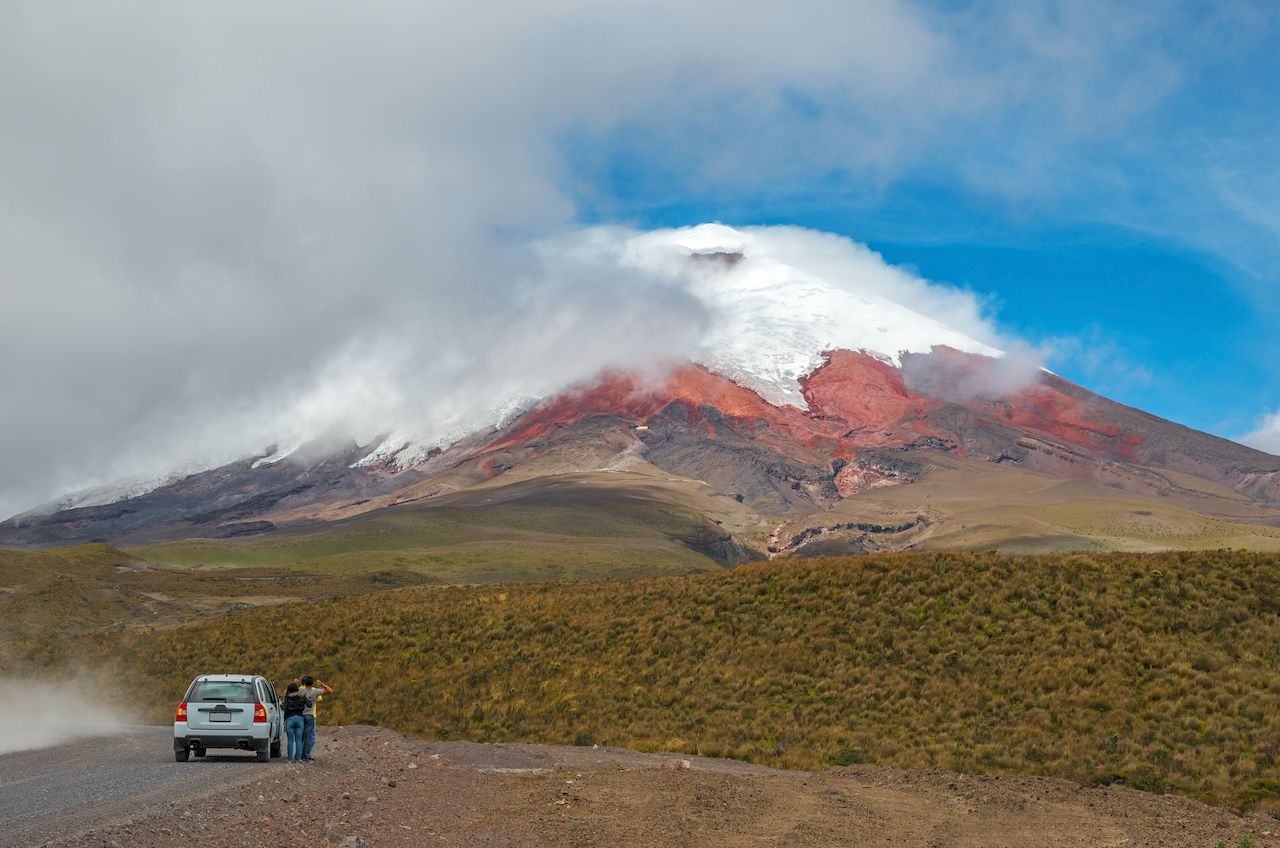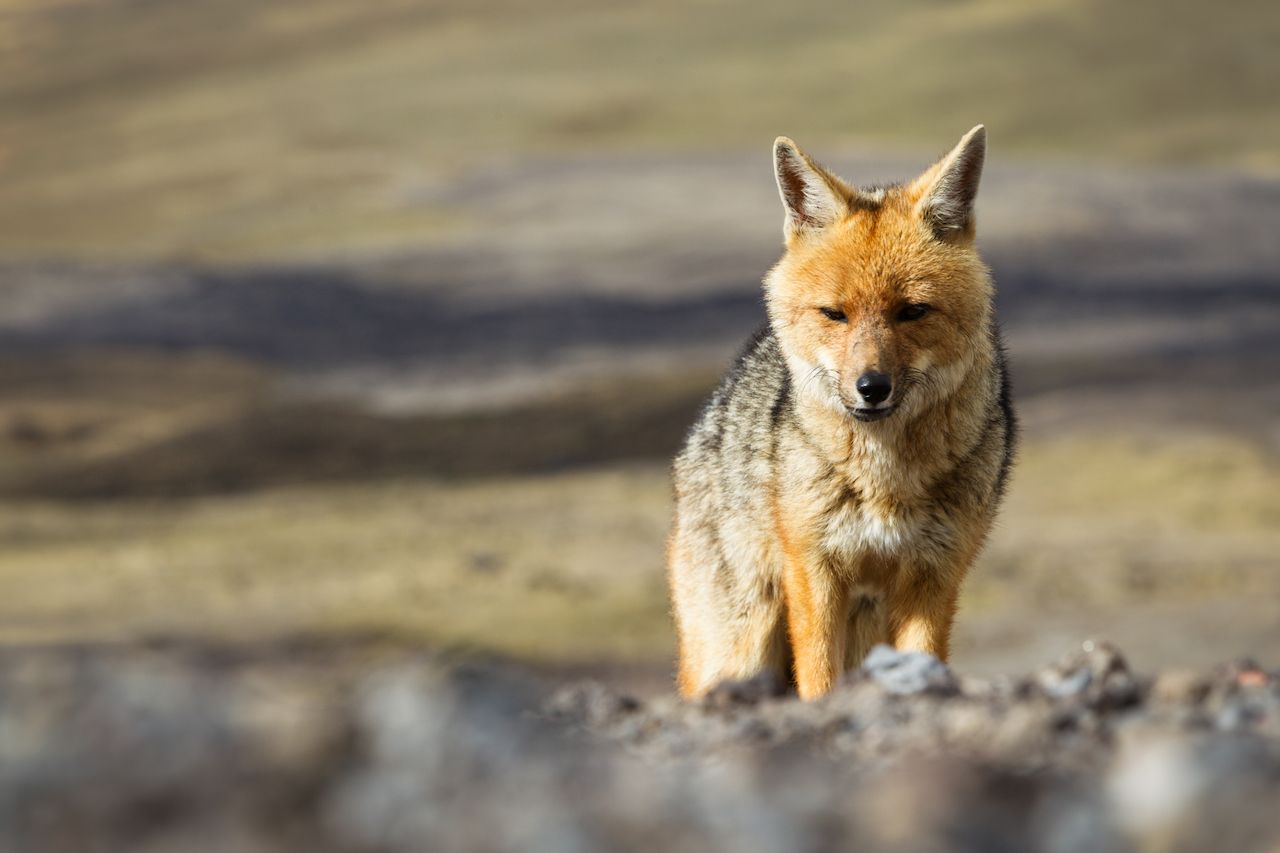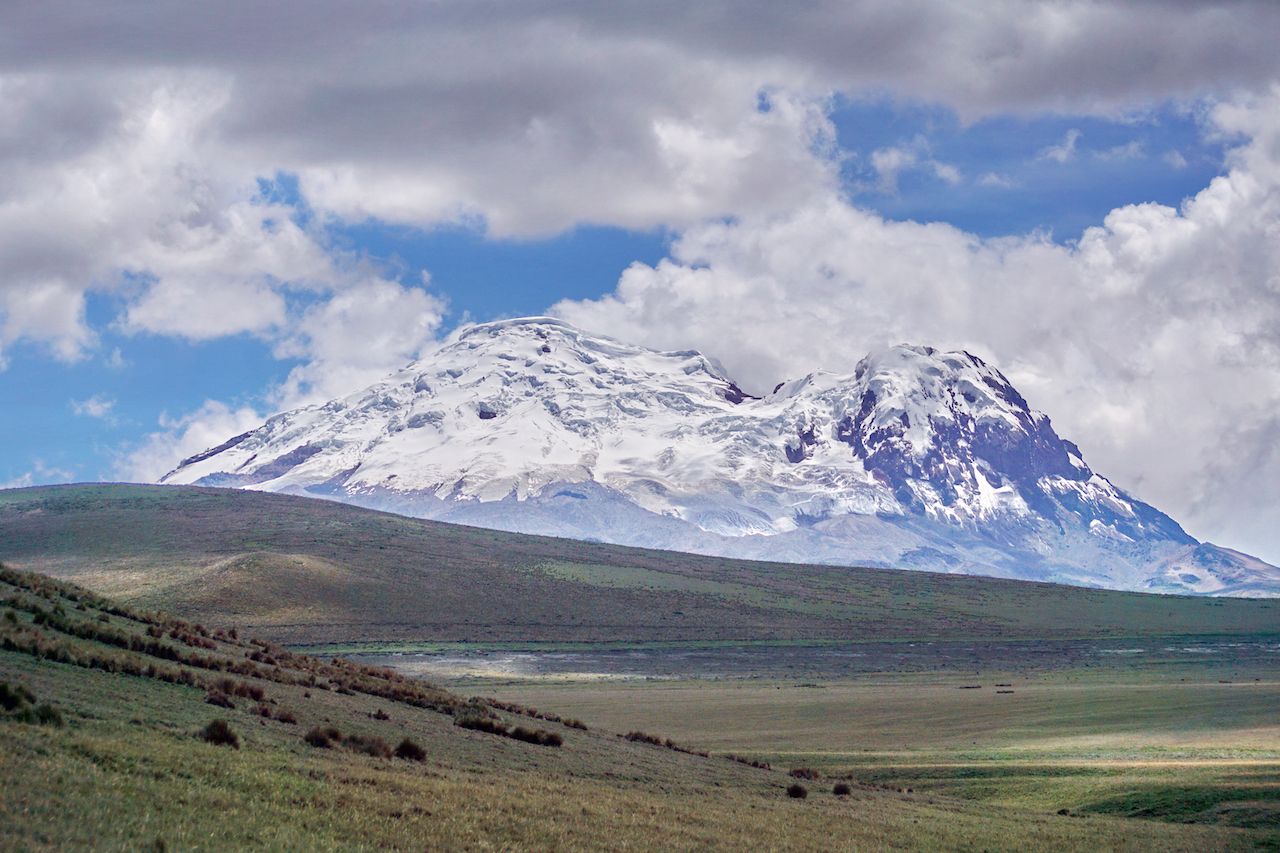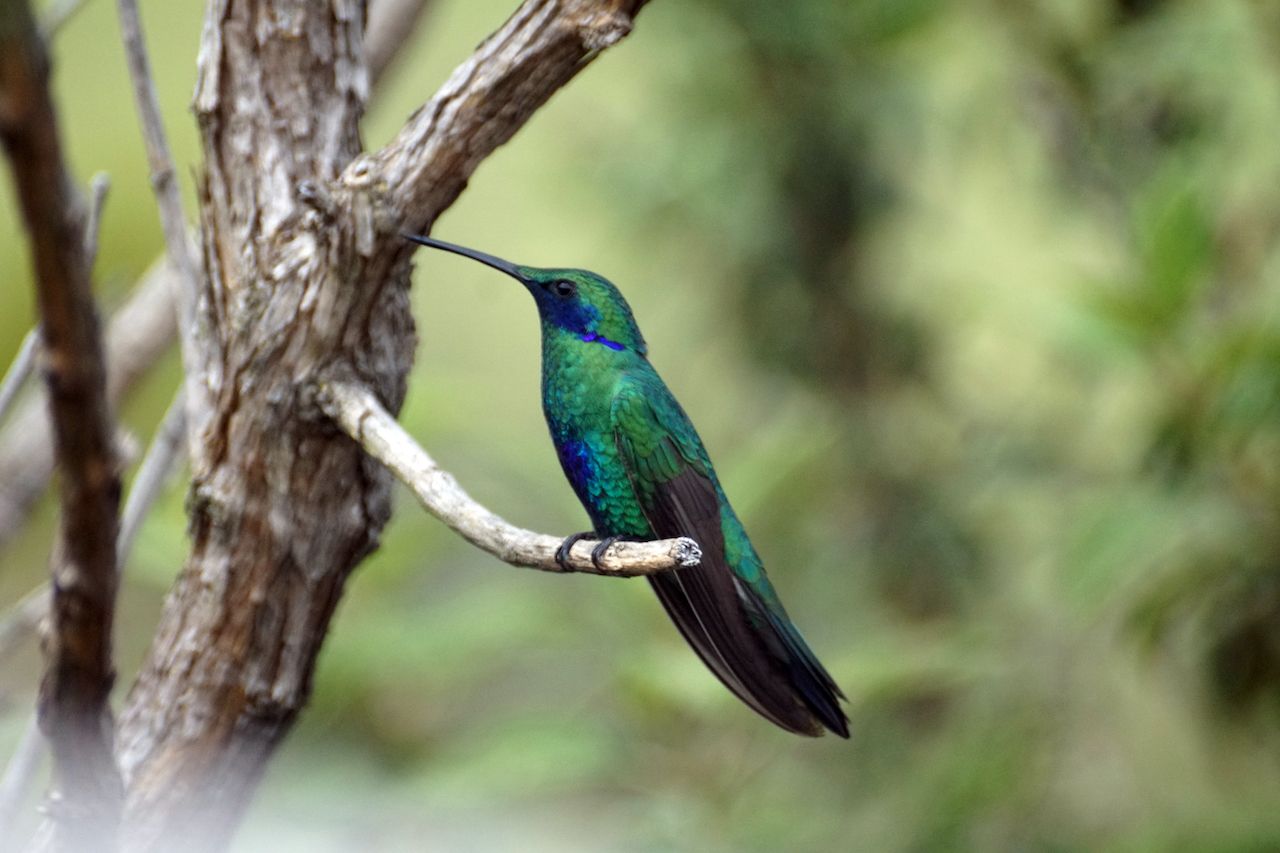When we think of environmental diversity, the Galapagos Islands and the Amazon Rainforest may come to mind. Ecuador is home to those islands and a portion of that rainforest, yet there is much more to the country than that. This equatorial nation includes the northern end of the world’s second-highest mountain range, and its highlands are filled with remarkable plant and animal life found nowhere else on Earth.
In fact, Ecuador is home to more than 30 national parks and reserves, all in an area the size of Nevada — making it even more surprising that it isn’t widely recognized as the incredible eco-destination that it is. Among these natural areas are three astounding landscapes you’ve never heard of, all of which you can easily visit from the nation’s capital.
